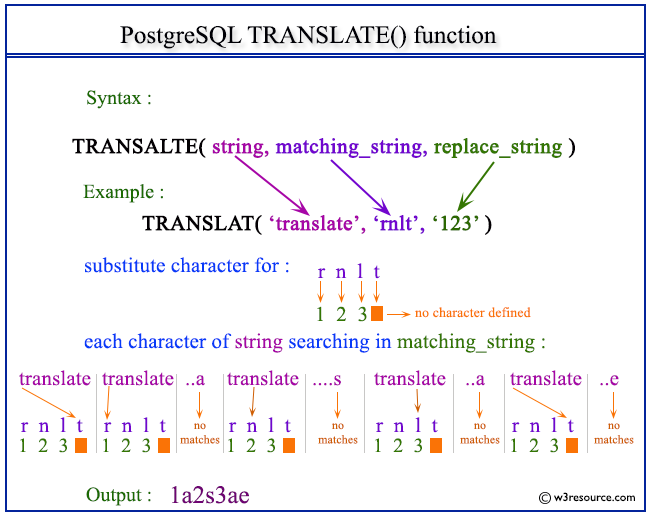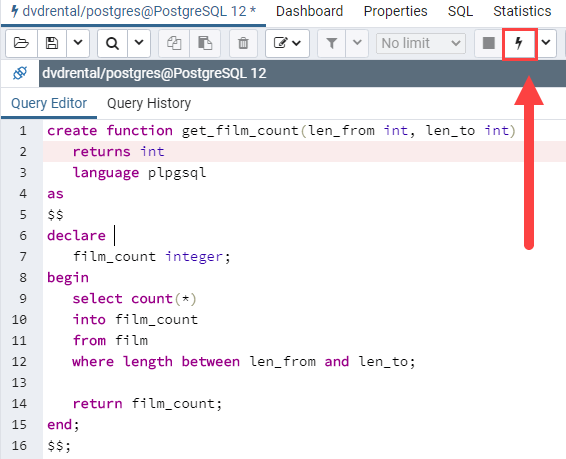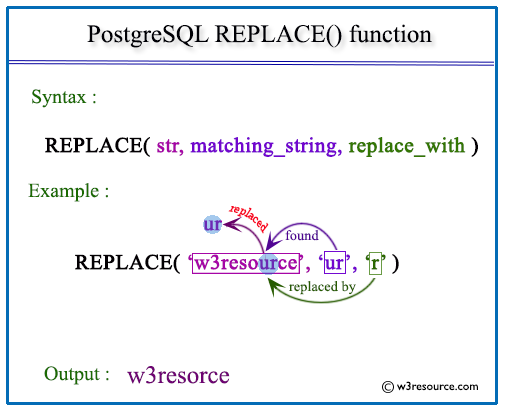

When comparing a timestamp without time zone to a timestamp with time zone, the former value is assumed to be given in the time zone specified by the TimeZone configuration parameter, and is rotated to UTC for comparison to the latter value (which is already in UTC internally). Dates and timestamps (with or without time zone) are all comparable, while times (with or without time zone) and intervals can only be compared to other values of the same data type. In addition, the usual comparison operators shown in Table 9.1 are available for the date/time types. You should be familiar with the background information on date/time data types from Section 8.5. For formatting functions, refer to Section 9.8. Table 9.32 illustrates the behaviors of the basic arithmetic operators ( +, *, etc.). Table 9.33 shows the available functions for date/time value processing, with details appearing in the following subsections.
Postgresql mid function code#
Third, enter the above code int the query tool and click the Execute button to create the get_film_count function.9.9.1. Second, open the query tool by selecting Tools > Query Tool. To execute the create function statement, you can use any PostgreSQL client tool including psql and pgAdmin 1) Creating a function using pgAdminįirst, launch the pgAdmin tool and connect to the dvdrental sample database. At the end of the block, use the return statement to return the film_count.

PostgreSQL Create Function statement examples

Note that PostgreSQL supports many procedural languages, not just plpgsql. After that, use the language plpgsql to specify the procedural language of the function.Next, specify the datatype of the returned value after the returns keyword.A function can have zero or many parameters. Then, specify the function parameter list surrounded by parentheses after the function name.If you want to replace the existing function, you can use the or replace keywords. First, specify the name of the function after the create function keywords.$$ declare - variable declaration begin - logic end Create function function_name(param_list)


 0 kommentar(er)
0 kommentar(er)
